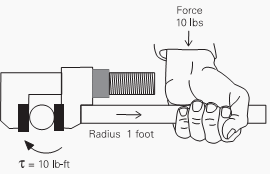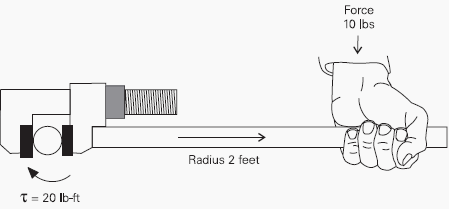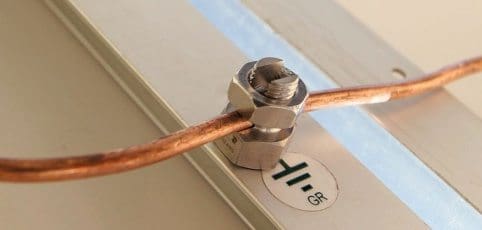 Engineers who design for
electromagnetic compatibility (EMC) long ago learned how to to manage EMI
through the use of shielded electrical cabinets and high-quality cables with
braided shields. But there’s a gap in EMI defenses that even
experience engineers often fail to notice.
Engineers who design for
electromagnetic compatibility (EMC) long ago learned how to to manage EMI
through the use of shielded electrical cabinets and high-quality cables with
braided shields. But there’s a gap in EMI defenses that even
experience engineers often fail to notice.
You can find that gap wherever cables
enter control cabinets. Oftentimes, the cable connectors at this entry point
fail to provide sufficient contact with both the cable shield and the metal
cabinet walls.
Fortunately, this gap is easily
closed by picking the right cable connectors. These connectors tend to have:
• Low Impedance. To
minimize cable shield impedance, the connector contact surfaces
should be as large as possible. Under ideal conditions, the cable shield should function as a continuation of the housing.
• Low Induction. Minimized
induction occurs when the cable shielding routes to the housing wall via the
shortest possible path and with the widest possible cross-section.
• Full Contact.
The best cable connectors will also maintain contact with the shielding around
the entire circumference of the cable to ensure there are no discontinuities
between shielding and housing once the connection is made.
An example of a cable connector that
delivers these characteristics is our new EPIC ULTRA model. It has been
designed to improve EMI protection in the crucial juncture between the cable
shielding and the control cabinet.
 Unlike previous connector models that
used finger-like springs to engage the cable shield, EPIC ULTRA features an
integrated brush-style EMC fitting. The brush, combined with the nickel-plated
housing, creates a conductive shell that functions like a Faraday cage and
allows the connector to block external electrical interference.
Unlike previous connector models that
used finger-like springs to engage the cable shield, EPIC ULTRA features an
integrated brush-style EMC fitting. The brush, combined with the nickel-plated
housing, creates a conductive shell that functions like a Faraday cage and
allows the connector to block external electrical interference.
Even at high frequencies, the
brush-style connectors have low impedance and correspondingly high attenuation
values. These values suggest that the brush-style grounding integrated in EPIC
ULTRA can ensure that EMI defenses are intact from cable to cabinet.
For a more detailed look at our EMI
resistant cable connectors and our impedance testing results, download our
latest white paper.






